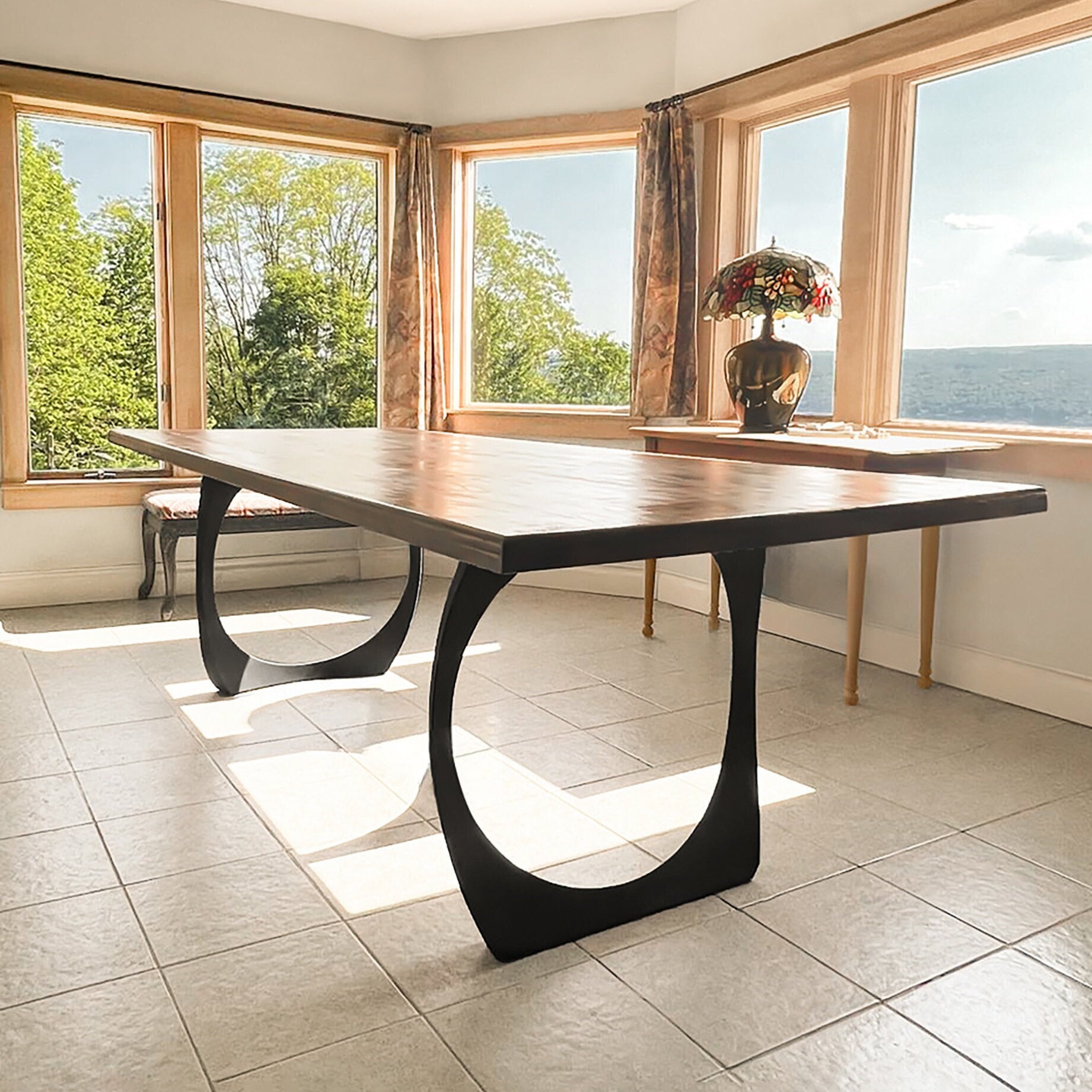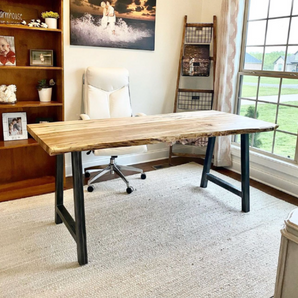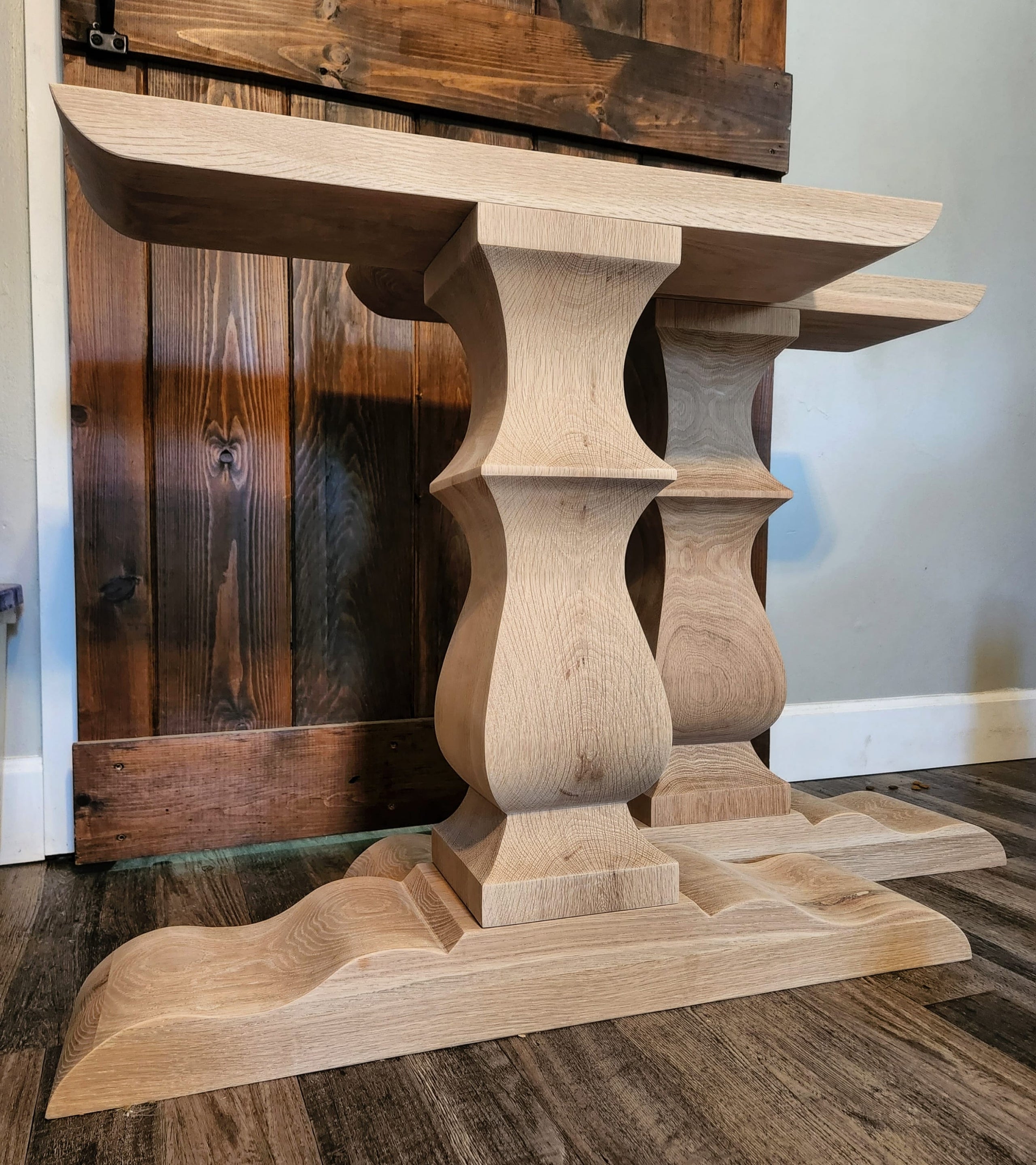Table Legs: Just How to Select the most effective Styles for Your Space
Picking the right eating table legs is critical for both visual and useful consistency in your eating area. Whether your room flaunts a smooth, modern ambiance or leans towards a much more standard atmosphere, the style of the legs can considerably affect the overall look. Conical legs radiate modern sophistication, while turned legs supply a nod to traditional beauty. Past design, the material-- be it warm wood or streamlined steel-- plays a critical role in establishing the tone. Exactly how do you make certain these aspects complement your existing decor while offering the necessary stability? The response hinges on a balanced strategy.
Assessing Your Dining Space Design
Just how do you establish the very best table legs for your room? The solution starts with a detailed analysis of your eating space style. A natural style makes sure that your table legs improve the total aesthetic as opposed to clash with existing elements. Beginning by observing the architectural functions of your dining-room. Are there popular features such as exposed light beams, detailed moldings, or minimal lines? These details typically determine whether a conventional, rustic, modern, or commercial design is most suitable.
A dining space with streamlined, modern chairs and metallic accents might profit from easy, streamlined table legs. On the other hand, a space filled with vintage items and abundant textiles could call for luxuriant, carved legs.
Illumination likewise affects perception. All-natural light can emphasize certain materials and finishes, while synthetic illumination can highlight various facets. Lastly, account for the room's scale and proportions. Big, open dining-room can suit heavier, much more substantial legs, whereas smaller sized areas require even more delicate, unobtrusive designs. By meticulously examining these factors, you can select dining table legs that harmoniously mix with your dining-room's design.
Popular Leg Styles Clarified

One widespread design is the tapered leg, renowned for its sleek, contemporary look. This leg narrows from leading to base, using a minimalist allure ideal for contemporary and Scandinavian insides. Next off, the turned leg functions complex spindle-like styles, commonly found in standard and farmhouse settings. These legs include a touch of workmanship and sophistication.
Cabriole legs, with their distinct contours, are associated with French Provincial and Queen Anne furniture. Their stylish, moving lines bring a feeling of refinement and historical charm (dining room table legs). For those favoring a robust and straightforward design, square legs supply tough support and a clean, geometric appearance, suitable for industrial or minimal rooms
Last but not least, barrette legs offer a retro, mid-century contemporary vibe. Made from metal, these legs are both lightweight and solid, including an one-of-a-kind aesthetic comparison to wooden table tops. Comprehending these designs will assist you in picking table legs that boost your room's visual and functionality.
Material Factors To Consider

Timber is a timeless alternative, understood for its warmth and adaptability. It can be found in numerous species such as oak, walnut, and maple, each offering one-of-a-kind grain patterns and colors. Steel legs, usually made from stainless-steel, iron, or aluminum, supply a modern and commercial appearance while making certain robust support. They are generally a lot more immune to wear and tear, making them a durable choice.

Various other products like bamboo or rattan provide eco-friendly alternatives, bringing an all-natural and kicked back vibe to the dining area. Each product has its advantages and disadvantages, and the very best choice will certainly depend upon your details demands and preferences.
Harmonizing Looks and Performance
Attaining the ideal balance between looks and capability is essential when selecting eating table legs. While the aesthetic appeal of table legs can considerably boost the general setting of an eating area, their practical aspects can not be ignored. The design of the legs need to balance with the area's decor, yet they need to likewise provide adequate assistance and security for the table.
Think about the building style of your space. Sleek, modern-day insides may take advantage of minimalist, steel legs that explanation supply a clean and unobtrusive look. On the various other hand, standard settings commonly complement turned or sculpted wooden legs that add a touch of beauty and elegance.
Performance includes the security and longevity of the legs. As an example, trestle legs, known for their effectiveness, can offer solid support for larger tables, making them excellent for households or regular performers. dining room table legs. Alternatively, pedestal legs can offer even more legroom and adaptability, allowing for much better seats arrangements
In addition, the elevation and positioning of the legs are important for comfortable dining. Legs positioned as well far inward may hinder seats, while those as well near to the side can limit movement. Therefore, thoughtful factor to consider of both aesthetic and useful components is extremely important for an ideal eating experience.
Modification and Do It Yourself Options
Customization opens up a world of opportunities for creating eating table legs that are uniquely customized to your preference and demands. Whether you seek a typical, modern-day, or eclectic look, individualized options allow you to select the precise materials, coatings, and develops that finest enhance your room. Adjustable options array from choosing the sort of timber-- such as oak, maple, or walnut-- to picking steel finishes like cleaned nickel or antique brass. Furthermore, specific style elements, such as turned legs, Click This Link tapered forms, or complex makings, can be integrated to mirror your design.
For those inclined in the direction of diy (DIY) tasks, creating custom-made eating table legs provides both a fulfilling experience and the opportunity to accomplish a bespoke aesthetic. DIY fanatics can resource basic materials and utilize woodworking or metalworking tools to craft legs that satisfy exact specs. In addition, countless on-line tutorials and workshops give guidance, making the process more easily accessible for novices.
Eventually, whether selecting professional customization or starting a do it yourself endeavor, the capability to tailor table legs guarantees that the end product balances with your indoor layout vision, boosting both performance and aesthetic appeal.
Verdict
Choosing the ideal eating table legs calls for cautious factor to consider of the total style of the eating space, including existing building attributes and furniture. Inevitably, the selected table legs need to complement useful reference the decoration, providing both visual appeal and sensible assistance.